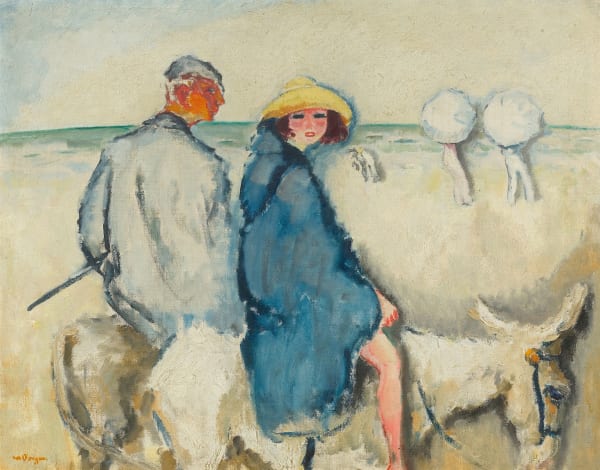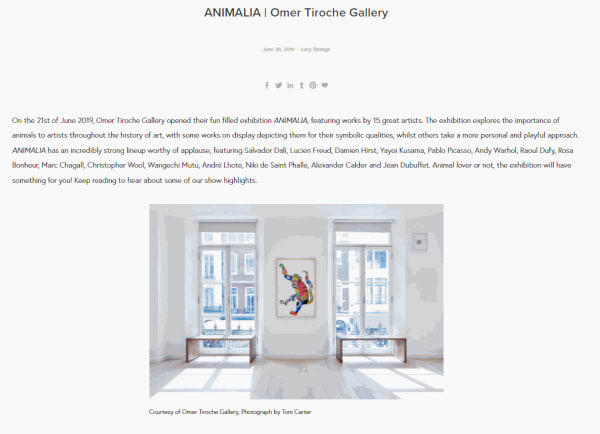Lucian Freud British, 1922-2011
German-born Lucian Freud moved to London with his family at a young age to escape the rise of Nazism. In 1943 he attended Goldsmiths College, where he started developing his unique style of painting. Freud began making and exhibiting his art very early on in his life when one of his drawings was selected for a show of art by children at Peggy Guggenheim’s London gallery in 1938. After experimenting with Surrealism and Neo-Romanticism, in the 1940s he established his own artistic identity focusing on realist drawing and portraiture filled with a prevalent mood of alienation.
From the 1950s Freud began painting nudes and by the middle of the decade he developed a more distinctive style using thick brush strokes and impasto, concentrating on the texture and colour of the flesh to convey deeper emotions. He was regarded as a very private and guarded man, and his paintings, completed over a 60-year career, are mostly of friends and family; a close relationship with sitters was often important for Freud. His works are noted for their psychological penetration and often discomforting examination of the relationship between artist and model, which has been widely associated with the psychoanalytic practice of his famous grandfather, Sigmund Freud.
Later in his career, Freud also painted fellow artists including Frank Auerbach and Francis Bacon. Throughout his career he has been a pivotal influence on many artists such as Jenny Saville, Elizabeth Peyton and Luc Tuymans.
Freud died in London, in 2011.
-

Portrait Mode: Celebrating with the National Portrait Gallery
5 Jun - 27 Jul 2023 LondonTo coincide with the re-opening of the National Portrait Gallery, Omer Tiroche Gallery is pleased to announce our forthcoming exhibition, Portrait Mode . Spanning over a century of portraiture, the...Read more -

ANIMALIA
21 Jun - 12 Sep 2019 LondonOmer Tiroche Gallery is pleased to announce its forthcoming exhibition, ANIMALIA, which aims to explore and examine how prominent artists of the 20th and 21st centuries depicted and interpreted animals...Read more








